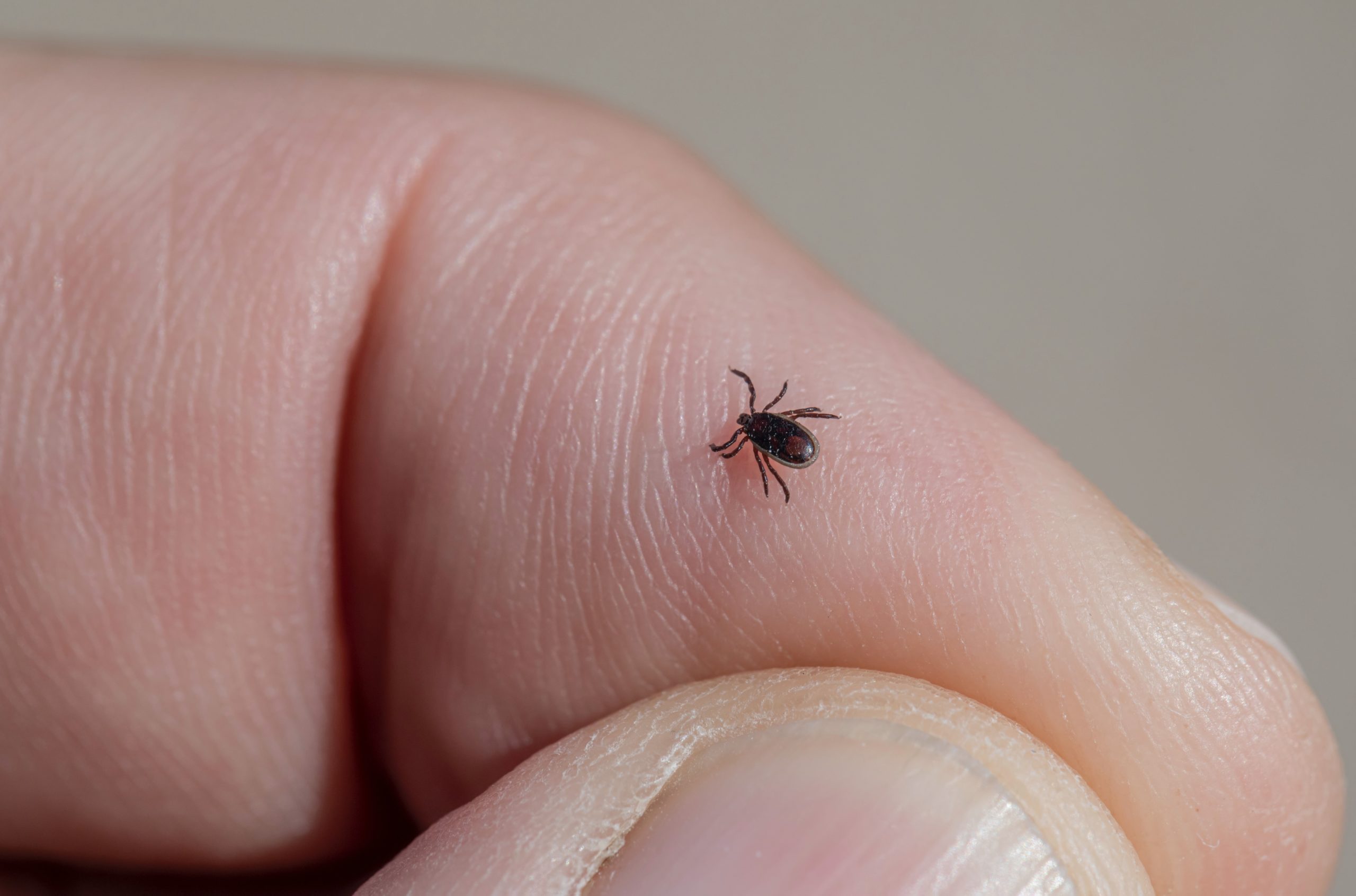Dyslipidemia and Lyme Disease Dyslipidemia is abnormal lipid metabolism. Patients who have had or have Lyme Disease often have significant abnormalities in their lipid metabolism. This results from chronic inflammation and prolonged activation of the proinflammatory cytokines such as IL-1, IL-6, and tumor necrosis factor-alpha (TNF alpha). Elevated cholesterol, triglycerides, VLDL, and LDL are commonly … Read More “Dyslipidemia” »
Tag: tick-borne infections
Brucellosis is a zoonotic and tick-borne disease caused by the bacteria Brucella melitensis, and is an ancient disease, dating back to the 5th plague of Egypt around 1600 BC. Archeological excavation of Egyptian human bones dating around 750 BC demonstrated evidence of osteoarticular abnormalities that are often symptom complications from a Brucellosis infection. Brucella is found all … Read More “Brucellosis” »
Methylene Blue is an old drug (circa 1876) used to treat methemoglobinemia and cyanide poisoning. It is a thiazide dye and turns your urine blue, but generally is very well tolerated. Some patients like to use red spectrum light with methylene blue, especially for treating plaque psoriasis. It works by converting ferric iron in hemoglobin … Read More “Methylene Blue” »
Q Fever is a vector-borne disease caused by the bacteria, Coxiella burnetii, and is found in cattle, sheep, goats, cats, and dogs. Humans can get infected by inhaling endospores, ingesting the milk, urine, or feces of an infected animal, or from a tick bite. Patients with Q Fever generally develop fever, chills, fatigue, and muscle … Read More “What is Q Fever?” »
Ticks are considered arthropods and belong to the same family as spiders and mites, Ixodes. They have two body segments, 8 legs in the adult form, and do not have wings or antennae. They have 4 life stages including egg, 6 legged larvae, 8 legged nymphs, and 8 legged adults. The larvae, nymph, and adult … Read More “All About Ticks” »
What is Bartonella? Bartonella, also known as “Cat Scratch Fever”, is an emerging bacterial zoonotic disease found all over the world. They are blood-loving, oxygen-avoidant bacteria that are typically transmitted by biting insects such as fleas, sand flies, mosquitoes, and ticks, or cat scratches. Prevalence There are over 20 known species of pathogenic Bartonella including B. henselae, … Read More “What is Bartonella or “cat scratch fever”?” »






